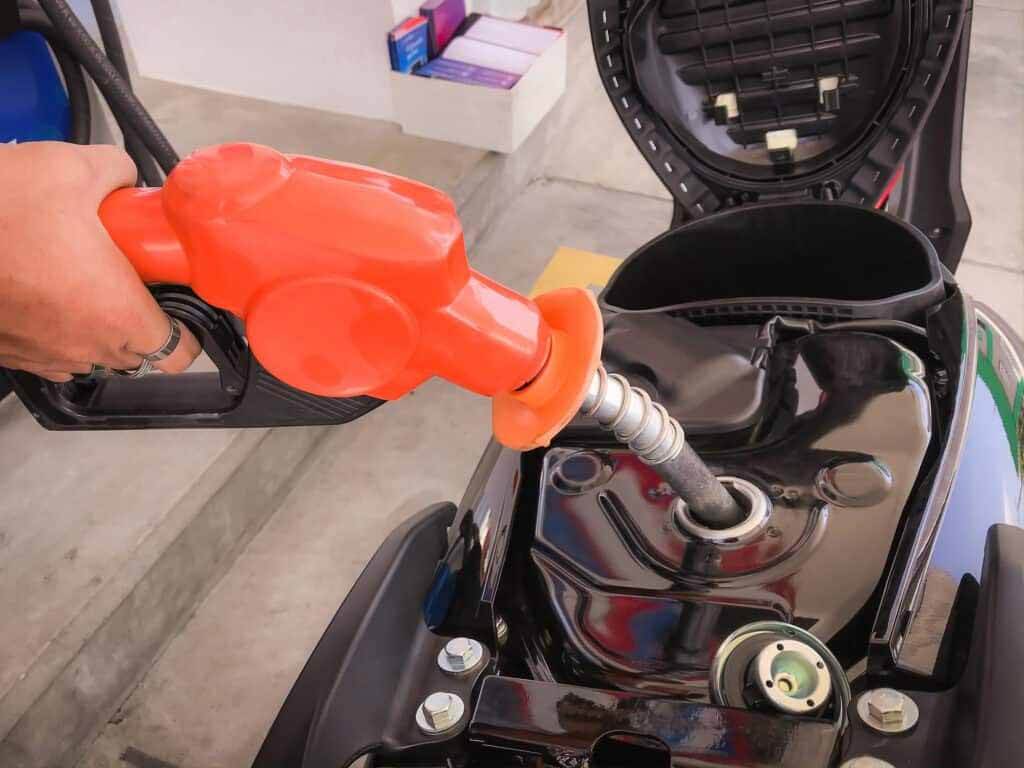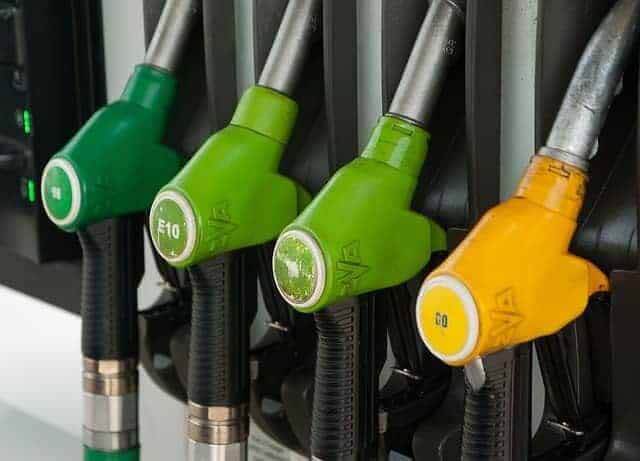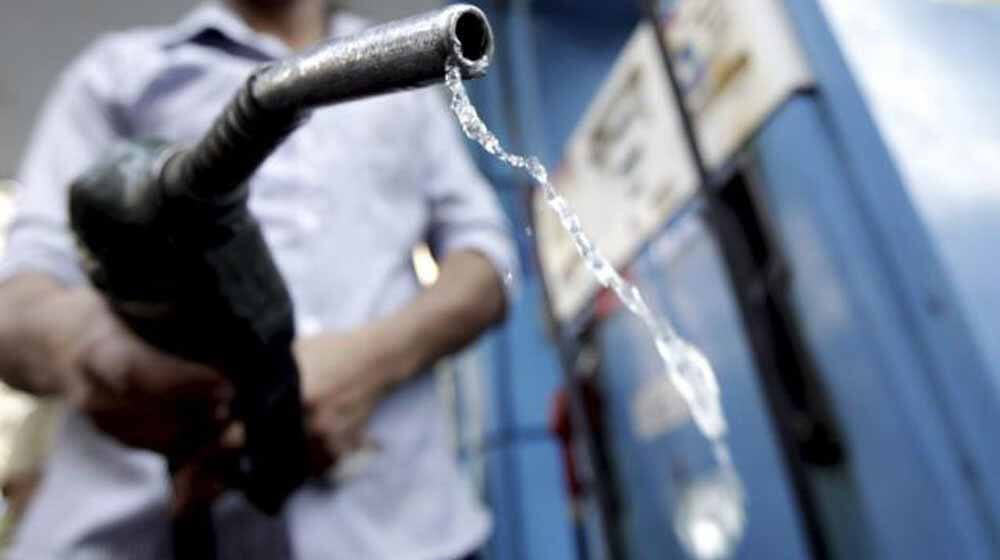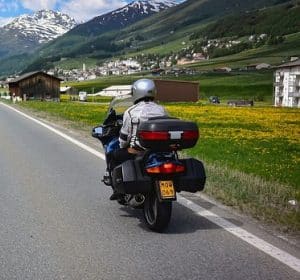You may have accidentally filled your tank with the wrong gas if you misinterpreted the type of fuel at the pump or left your child in charge of filling up their own motorcycle. This occurs on occasion, but what are the practical repercussions of doing so? Is your bike condemned to the scrap heap, or is there a method to recover from a fuelling error like this?
Gas prices might vary considerably depending on where you reside. Actually, that may be the same scenario no matter where you reside. In any case, we’re all looking for ways to save money wherever we can. Unfortunately, most people, even motorcyclists, fill up their gas tanks with the lowest octane rating since it is generally the cheapest by a long margin.
When riding a motorbike with a lower octane rating, you may notice that the performance of our engine isn’t as fantastic as it formerly was. As previously stated, higher octane levels assist reduce engine knocking. Therefore utilizing a lower octane level will not protect your engine nearly as well.
Using a lower-octane gas puts your motorcycle’s engine in danger. Motorcycle engines, in particular, require protection against piston banging at high RPM. Wear on the valves, pistons, and cylinder walls will ultimately result. Fixing that is a lot more expensive than paying an extra $4-$5 every time you fill up.
What’ll Happen if You Put the Wrong Gas in Your Motorcycle?
What to do when you fill the wrong Fuel?

In today’s hectic society, incorrect gasoline-filling blunders are all too often. There are other factors that contribute to this, but we will not discuss them here. Instead, let’s speak about what to do if you fill up with the wrong gasoline at the gas station. Here’s what you can and must do if you fill a diesel engine with gasoline or a petrol engine with diesel.
So, supposing you still made the error of putting diesel in a petrol engine and driving away without realizing it, here’s what would happen. The petrol in the fuel lines will continue to be sucked from the fuel pump, and your engine will travel a reasonable distance, but once the petrol in the fuel lines has run out and diesel has been sucked, you will notice a drop in power and the engine will not respond as quickly as it did previously.
This is when you realize you’ve put the wrong petrol in your tank.
It’s not difficult to solve this problem, and here’s how. Diesel is thicker than gasoline, and the pressure necessary to ignite diesel is higher than that required to ignite gasoline. So, if you accidentally put diesel in a petrol engine, don’t panic; the motor will not be damaged. You may just suck out all of the petrol in the tank, replace it with the correct fuel, and proceed. You may also need to clean the injectors to ensure that all of the diesel has been removed.
You May Like:
Why Turn Fuel Off On Motorcycle? 6 Reasons You Must Know!
What Kind of Gas Do Motorcycles Use?

When it comes to filling up your motorbike with gas, it might be a little perplexing when you’re at the pump and have to figure out which button to press to start flowing petrol into the tank. By now, you’ve undoubtedly realized that what you put in your gas tank does important. Any sort of gas will most likely get you to your destination. However, using the improper type of gas might lead to a slew of issues down the line that you probably don’t want to deal with.
Ethanol-free, higher-octane fuel is recommended for motorbikes (no less than a 91 rating). Motorcycles are said to have high compression engines, which necessitate high octane fuel. Ethanol is an octane-boosting component in gasoline, but it can block motorbike carburetors over time. As a mechanical engineer for an oil firm, I’ve gained a thorough understanding of how gasoline works and how it affects a motorbike. I’ve put up a handy guide to help you make the best option when it comes to filling up your motorcycle with petrol.
The Right Kind of Gas A Motorcycle Needs
If you’re reading this, you’re probably wondering what sort of gas is best for your motorbike and whether it makes a difference if you get it properly. Most people believe that as long as the motorbike has gas, it will get them from point A to point B, and that’s all that matters. Oil corporations add several additives to gasoline that is supposed to assist us in the long term. However, such compounds might occasionally have a harmful influence on our motorcycles. It’s critical that you understand exactly what you’re putting into your motorbike so that you can properly care for it.
Ethanol-free, higher-octane gasoline is required for motorcycles. Because ethanol is a fuel additive that raises the octane of gasoline, motorcycles with carburetors should utilize ethanol-free gas. However, in small, tight spaces, such as your carburetor, it may clog up far more quickly than gas without ethanol. Ethanol is used in around 90% of petrol stations. That’s why there’s a warning label on the pump that says “May Contain Up To 10% Ethanol.” The catalytic action of ethanol on octane aids in its combustion efficiency.
Motorcyclists must be precise about the gas station they visit, looking for one that advertises ethanol-free gas. That’s not to suggest that if you’re forced to use ethanol-laced petrol, your carburetor won’t clog up quickly; just make it a practice to use ethanol-free gas whenever possible. Because it contains a higher-value product, ethanol-free gas is somewhat more costly. While you’re at the pump, select the highest octane rating available, which means the highest number. For example, you may be offered Regular, which has an octane rating of 87, Plus, which has an octane rating of 89, and Premium, which has an octane rating of 90.
What Is Octane and Why Does It Matter?

Now that we’ve spoken about the best sort of petrol for your motorbike, you might be asking about the octane rating and why it’s so crucial when choosing your gasoline.
The performance of a particular type of gasoline is measured in octane. Octane doesn’t always mean more horsepower, torque, or fuel economy. Rather, octane aids the performance of the engine and the fuel’s resistance to knocking. High-octane fuel is also essential because most motorbikes have high-compression engines.
Banging occurs when your engine is running at a high RPM, and you hear a knocking sound emanating from it. That’s the sound of the piston contacting a valve or the engine’s bottom skirt against the cylinder wall. A higher-octane fuel will be more resistant to knocking than a lower-octane fuel. Again, octane is the number you see on the gas pump buttons, such as 83, 85, 91, and so on. You’ll notice various figures during different seasons. You may not have as many high-octane gasoline options in the winter.
You may download various applications on your phone, such as GasBuddy, that will inform you where the nearest gas station is and who has the best price.
Do Gas Additives Have an Impact?
There are a variety of gasoline additives available for us riders to put to our motorcycle’s gas. A stabilizer is the most frequent form of chemical used to keep gasoline in the tank and fuel system stable during long-term or winter storage.
If adding such chemicals affects the amount of ethanol or octane already present in the gasoline (if ethanol is even present). Because a fuel additive has its own octane number, it would theoretically modify the octane number of the gasoline already in the tank.
Yes, additives modify the chemistry of gasoline somewhat, but the difference is so minor that it has no effect on the way your motorbike or fuel works. It will have no negative consequences.
So don’t worry if you need to use a fuel additive to extend the life of your gasoline. The repercussions of not employing additives in some circumstances are significantly worse than fretting about octane levels.
FM/ZA


